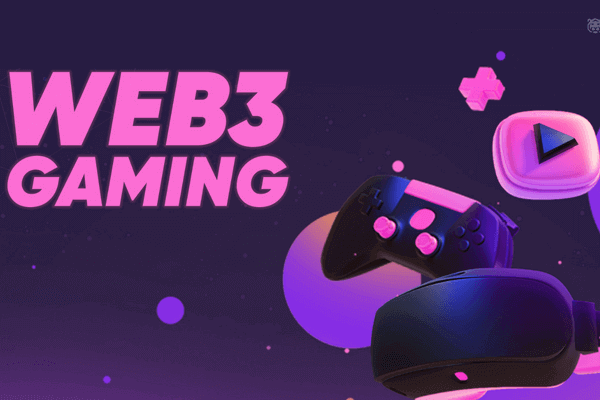The Technology Stack: A Guide to Modern Web3 Gaming Solutions

The market is powered by a sophisticated and rapidly evolving stack of Web3 Gaming Solutions, each designed to solve a specific piece of the complex puzzle of building decentralized, player-owned games. These are the core technological building blocks that enable true asset ownership, transparent economies, and community governance. Understanding this toolkit is essential for appreciating the technical innovation that is driving the market forward. The increasing maturity and integration of these solutions are a key reason why the Web3 Gaming Market is projected to grow to USD 157.7 Billion by 2035, exhibiting a compound annual growth rate (CAGR) of 33.23% from 2025 to 2035, as development becomes more streamlined and powerful.
The foundational solution is the Blockchain Protocol itself. This is the decentralized ledger that provides the ultimate source of truth for asset ownership. While Ethereum pioneered the concept with its ERC-721 and ERC-1155 NFT standards, the industry has expanded to include high-throughput Layer 1 blockchains like Solana, which are designed for speed, and application-specific Layer 2 scaling solutions like Polygon and Immutable X. These L2s are critical for gaming as they bundle transactions together, processing them off the main chain to provide the fast, low-cost experience that gamers expect, while still inheriting the security of the underlying Layer 1. The choice of which blockchain solution to build on is one of the most critical decisions a game developer makes.
A second crucial set of solutions revolves around Wallets and Onboarding. The wallet is the player's key to the Web3 world; it's where they store their cryptocurrencies and NFTs and how they interact with the game's smart contracts. Traditionally, this has been a major friction point, requiring users to manage complex seed phrases. The industry is rapidly innovating with new solutions to simplify this. Smart contract wallets and account abstraction technologies are emerging that allow for social logins (e.g., using a Google account), seed phrase recovery, and paying for transaction fees with different tokens. These "smart wallet" solutions are designed to make the Web3 onboarding experience as simple and intuitive as signing up for a traditional Web2 service, which is vital for attracting mainstream users.
A third pillar of the solution stack is the infrastructure for Marketplaces and Liquidity. For a player-owned economy to function, there must be a seamless way for players to trade their assets. This is enabled by two types of solutions. First are the NFT Marketplaces, like OpenSea or game-specific marketplaces, which provide a user-friendly interface for listing, buying, and selling in-game NFTs. Second are the Decentralized Exchanges (DEXs), like Uniswap, where players can trade the game's fungible tokens (e.g., its in-game currency or governance token) for other cryptocurrencies. These solutions provide the essential liquidity that allows players to convert their in-game earnings and assets into real-world value, completing the economic loop that makes the "Play-and-Own" model so compelling.
Explore Our Latest Trending Reports:
- Art
- Causes
- Crafts
- Dance
- Drinks
- Film
- Fitness
- Food
- Juegos
- Gardening
- Health
- Home
- Literature
- Music
- Networking
- Other
- Party
- Religion
- Shopping
- Sports
- Theater
- Wellness


